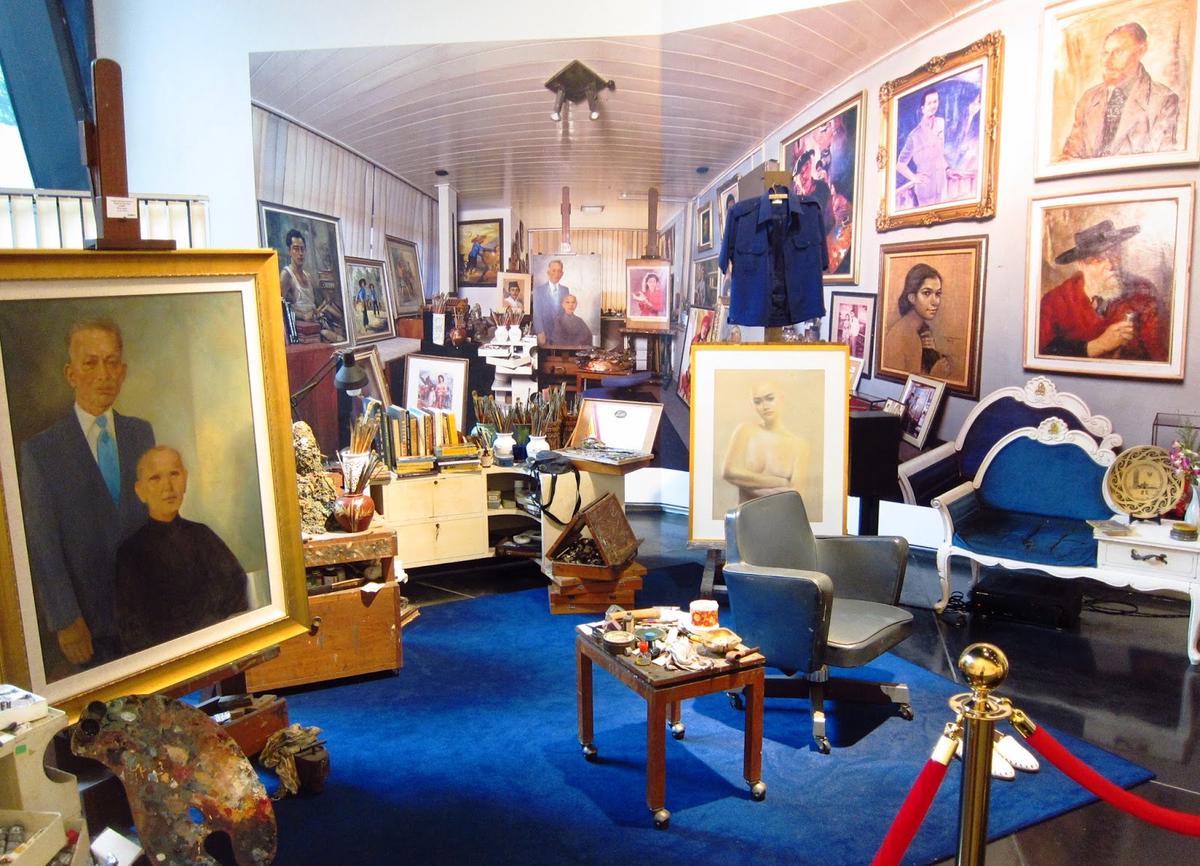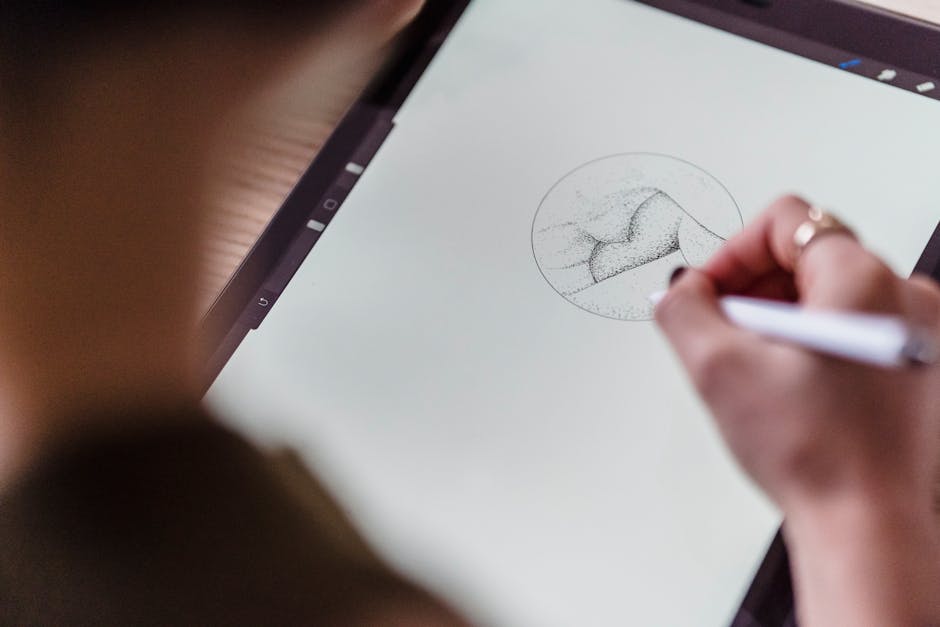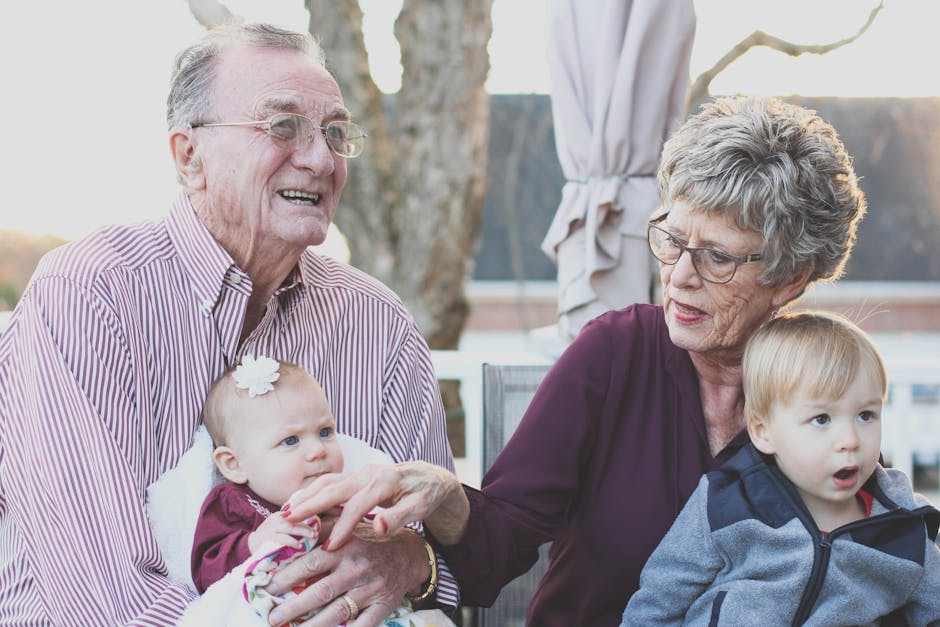Origins and Early Portraiture
Portraiture has been capturing faces and stories for millennia. Ancient Egypt bustled with artists perfecting the art, crafting timeless legacies with vivid stone carvings and statues.
The Statues of Gudea from ancient Lagash have weathered time, each wearing the same serene expression. Pompeii's walls boasted frescoes like "Terentius Neo and his wife," hinting at status and perhaps a touch of mystery.
In the Middle Ages, portraiture took a religious turn. Images of saints dominated, though donors sometimes appeared, kneeling humbly. These weren't just about likenesses; they were about seeking favor for eternal life.
The Renaissance brought new dimensions, with artists like Jan van Eyck breaking tradition to capture true-to-life depictions. The 'Arnolfini Portrait' is spookily realistic, with every gaze questioning the symbolic secrets in its details.
Through stone, frescoes, or painted panels, early portraiture immortalized significant figures, weaving stories of civilizations and the human desire to be remembered.
Renaissance to Baroque Portraiture
As the Renaissance bloomed, portraiture explored the burgeoning human ego. Artists became chroniclers of the human condition, weaving stories of power, intellect, and emotion into their art.
Leonardo da Vinci's Mona Lisa remains an enigma, using sfumato to blur reality and artistry. Raphael captured Renaissance sophistication, balancing light and shadow to hint at inner thoughts and societal roles.
The Baroque period brought more drama and emotional potency. Caravaggio's use of chiaroscuro turned portraits into stage plays, highlighting psychological depth. Rembrandt peeled back layers to reveal the soul, his self-portraits a candid diary of insecurities and triumphs.
Diego Velázquez's Las Meninas defies categorization, cleverly situating the viewer within the story. It's as if Velázquez was asking, "Are you watching closely?"
This era's journey wasn't just an evolution in style; it was an exploration of individuality and society. It captured the texture of human experience, offering a timeless window into humanity's soul.

Impact of Photography on Portraiture
The 19th century saw photography redefine how we captured the human visage. Its immediacy and perceived accuracy were disruptive, offering near-instantaneous gratification compared to lengthy portrait sittings.
Rather than compete, photography and painting began a complex dance. Portrait painters evolved, using this new technology to question and expand the boundaries of expression, technique, and identity.
Impressionists and post-impressionists like Van Gogh and Gauguin saw photography as liberation. They captured emotion through colors and forms that photography couldn't match. Modernists like Picasso questioned reality itself, dismembering and reassembling the known world.
Pioneering photographers like Julia Margaret Cameron and Richard Avedon proved that a camera could be wielded with as much creativity as a paintbrush.
Ultimately, photography didn't end traditional portrait painting. It inspired a creative renaissance, forcing artists to adapt and innovate. The symbiosis between painting and photography became a chapter rich with change, inspiring new forms and philosophies that continue to push boundaries and question the essence of representation.
Modern and Digital Portraiture
The digital age brought another shift in portraiture. Artists now trade palettes for pixels, with software like Photoshop and Procreate allowing for creations beyond traditional boundaries.
Smartphones have democratized portraiture, turning anyone into a potential 'portrait artist.' Each selfie etches a story into the digital world, with carefully selected angles and filters becoming chronicles shared at light speed.
Social media platforms act as bustling digital galleries, transforming the landscape into a self-portrait revolution. Here, imagery is currency, and authenticity remains under constant negotiation.
- Digital portraiture wrestles with ideas of identity, perception, and self-exploration.
- Artists leverage these tools to challenge norms and inject commentary.
- Exploration of issues like gender, culture, and self in ways that speak to our shared digital consciousness.
This new chapter infuses portraiture with dynamism and potential, redefining our relationship with the face, the screen, and the stories yet untold. It's an ongoing dialogue that pulses with the heartbeat of contemporary existence.

The Role of Portraiture in Society
Portraits are more than mere representations of individual faces. They are snapshots of society, reflecting the cultural stories and evolving identities of their eras. Each portrait echoes the spirit of its time, capturing the values, challenges, and intricacies of each age.
During the Renaissance, portraiture showcased humanism, proclaiming self-worth and intellect after an age dominated by religious dogma. Artists began allowing personality and personal accomplishments to shine through, guiding society toward a deeper appreciation of individual identity.
The Baroque era brought a theatrical flair to portraits. Artists reflected the dramatic pomp of society through heightened emotional expressions and grandiose imagery. Each piece captured vivid life moments, revealing the power dynamics and extravagance of the time.
With the Industrial Revolution, portraiture began to focus on the burgeoning middle class, celebrating everyday life alongside wealth and influence. This shift told stories of rising prosperity, innovation, and social change, capturing both resilience and aspiration.
Photography later offered unparalleled authenticity in portraiture. Every smile, glance, and setting was bound by the truth of its moment. Photographs served as both historical documents and witnesses to cultural shifts, chronicling society's evolution with an impartial eye.
Today, digital portraiture and social media amplify this reflection, capturing the kaleidoscope of modern identity. Cultural stories stream through our feeds, as diverse as the platforms themselves. Digital artists play with perceptions and identities, challenging viewers to explore the intricacies woven into every pixel.
Throughout history, portraits have ventured beyond superficial likenesses to reveal deeper truths about our shared humanity, values, and aspirations. Whether carved from marble, brushed on canvas, or digitalized in pixels, they offer reflective surfaces that help us understand where we've come from and where we might be headed.
Portraiture serves as a reflective surface, capturing the essence of society and our shared humanity. Across time, these artistic endeavors have transcended mere likenesses, offering a window into the values and aspirations that define us. Whether carved, painted, or digitalized, portraits remain a testament to our enduring quest for identity and understanding.
Evolution of Portraiture
- Classical Paintings: Renaissance masters like Leonardo da Vinci captured personality and status.
- Photography: Revolutionized portraiture, offering quicker, more 'accurate' representations.
- Digital Age: Tools like Photoshop blur lines between reality and imagination.
"A portrait does not merely record someone's features, but says something about who he or she is, offering a vivid sense of a real person's presence."
From the meticulous brush strokes of Renaissance artists to the pixel-perfect renditions of the digital age, portraiture remains a poignant reflection of society, identity, and the timeless human story.























